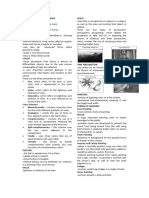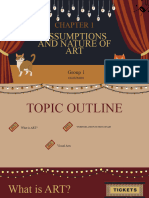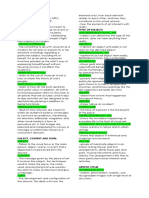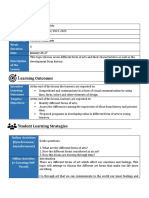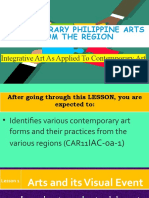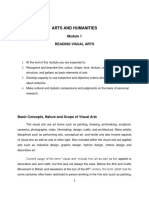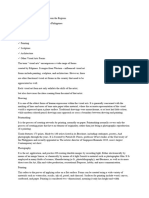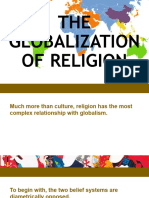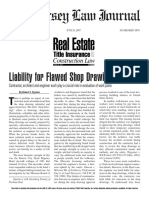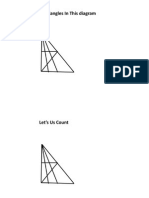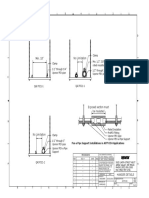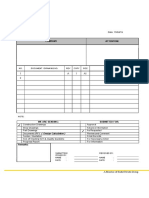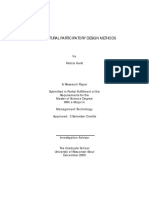0% found this document useful (0 votes)
41 views129 pagesVisual Arts
The document provides an overview of the arts, categorizing them into visual, auditory, and performance arts, with a focus on visual arts. It details various forms of visual arts, including drawing, painting, sculpture, and photography, along with their techniques and materials. Additionally, it discusses elements of visual arts such as line, color, shape, texture, and value, and highlights different painting styles and sculpture types.
Uploaded by
Daerieyll CatibogCopyright
© © All Rights Reserved
We take content rights seriously. If you suspect this is your content, claim it here.
Available Formats
Download as PDF, TXT or read online on Scribd
0% found this document useful (0 votes)
41 views129 pagesVisual Arts
The document provides an overview of the arts, categorizing them into visual, auditory, and performance arts, with a focus on visual arts. It details various forms of visual arts, including drawing, painting, sculpture, and photography, along with their techniques and materials. Additionally, it discusses elements of visual arts such as line, color, shape, texture, and value, and highlights different painting styles and sculpture types.
Uploaded by
Daerieyll CatibogCopyright
© © All Rights Reserved
We take content rights seriously. If you suspect this is your content, claim it here.
Available Formats
Download as PDF, TXT or read online on Scribd
/ 129

